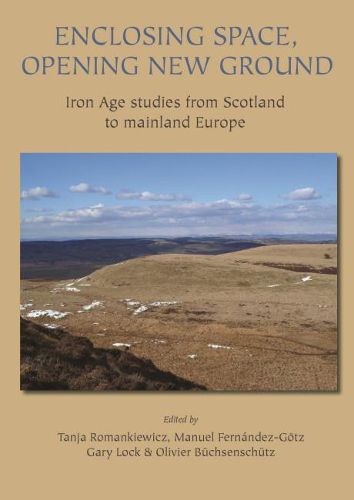Readings Newsletter
Become a Readings Member to make your shopping experience even easier.
Sign in or sign up for free!
You’re not far away from qualifying for FREE standard shipping within Australia
You’ve qualified for FREE standard shipping within Australia
The cart is loading…






Enclosures are among the most widely distributed features of the European Iron Age. From fortifications to field systems, they demarcate territories and settlements, sanctuaries and central places, burials and ancestral grounds. This dividing of the physical and the mental landscape between an ‘inside’ and an ‘outside’ is investigated anew in a series of essays by some of the leading scholars on the topic. The contributions cover new ground, from Scotland to Spain, between France and the Eurasian steppe, on how concepts and communities were created as well as exploring specific aspects and broader notions of how humans marked, bounded and guarded landscapes in order to connect across space and time. A recurring theme considers how Iron Age enclosures created, curated, formed or deconstructed memory and identity, and how by enclosing space, these communities opened links to an earlier past in order to understand or express their Iron Age presence. In this way, the contributions examine perspectives that are of wider relevance for related themes in different periods.
$9.00 standard shipping within Australia
FREE standard shipping within Australia for orders over $100.00
Express & International shipping calculated at checkout
Enclosures are among the most widely distributed features of the European Iron Age. From fortifications to field systems, they demarcate territories and settlements, sanctuaries and central places, burials and ancestral grounds. This dividing of the physical and the mental landscape between an ‘inside’ and an ‘outside’ is investigated anew in a series of essays by some of the leading scholars on the topic. The contributions cover new ground, from Scotland to Spain, between France and the Eurasian steppe, on how concepts and communities were created as well as exploring specific aspects and broader notions of how humans marked, bounded and guarded landscapes in order to connect across space and time. A recurring theme considers how Iron Age enclosures created, curated, formed or deconstructed memory and identity, and how by enclosing space, these communities opened links to an earlier past in order to understand or express their Iron Age presence. In this way, the contributions examine perspectives that are of wider relevance for related themes in different periods.